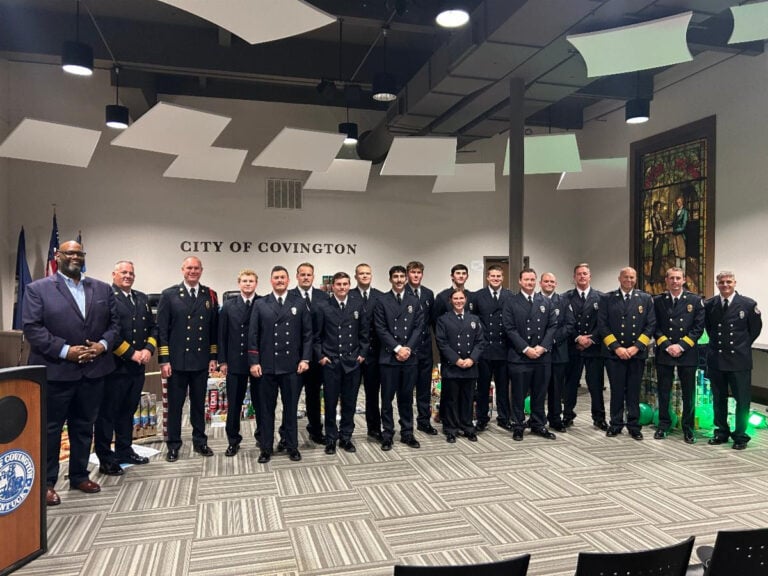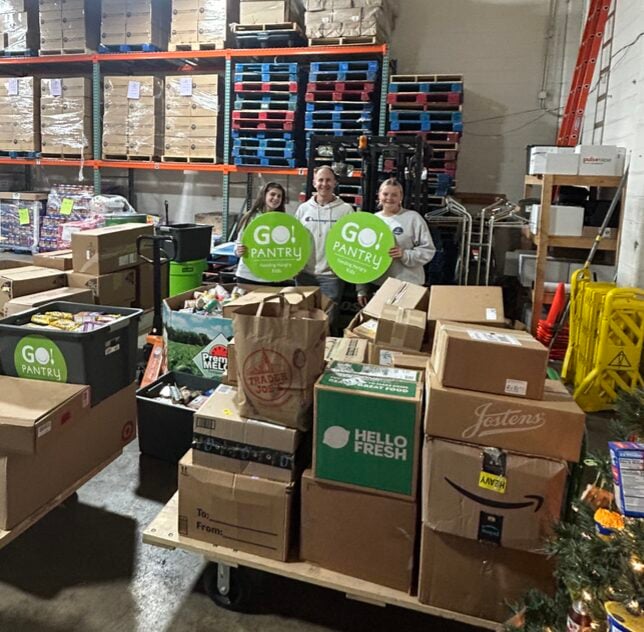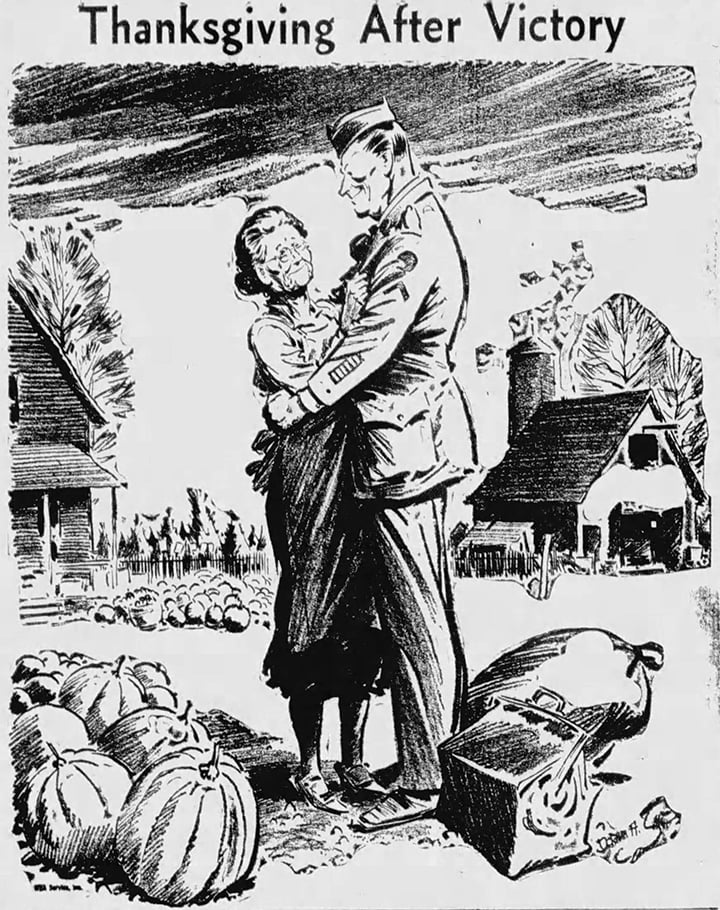By Steve Flairty
NKyTribune columnist
If you do enough traveling around Kentucky, particularly riding on back roads in rural areas, you’ll likely notice evidence of the state’s historical iron furnace industry.
The furnaces resemble a stone-built house chimney, and some, despite the years of weathering, human defacement, and other factors, maintain their structural soundness today. I recently came across an article by J. Scott Davis that shared his interest in seeing the Mt. Savage Iron Furnace in eastern Kentucky’s Carter County, near Hitchens.
In his article, he said: “(It) doesn’t reveal much as it has not been taken over and nurtured by any organization concerned with the preservation of historic landmarks. These were the charcoal furnaces that supplied the iron needed for the growth of the Commonwealth and were centers for social structure within the Commonwealth of Kentucky.”
Dr. Thomas Appleton, Foundation Professor of History at Eastern Kentucky University, stated: “Few Kentuckians today have any memory of the scores of iron furnaces that used to dot the state’s landscape. But as the federal census of 1830 showed, Kentucky ranked third in the nation in the production of iron. Iron was a mainstay of our economy until the late nineteenth century.”

I’ve often seen and heard of the furnaces scattered around our state’s landscape, and wanted to know more about their significance. I found another good resource in J. Winston Coleman, Jr.’s book, Sketches of Kentucky’s Past (Winburn Press; Lexington, KY; 1979).
He referred to the furnaces as means for the “making of cannon balls to win the War of 1812, and the manufacture of tools and implements to conquer the Western Country. For these were the charcoal furnaces that supplied the lusty young Commonwealth with the iron needed for its growth. These old furnaces, bypassed and forgotten by a busy world, were centers of a social structure unique in our nation’s history.”
According to Coleman, the dimensions were a base of 25-feet square, with a height ranging from 25 to 40 feet, “a big, truncated pyramid of stone…open at the top where it reached its smallest size.”
The structure was built of three main parts: the hearth, the bosch, and the stack. The furnaces were built against the side of a hill to allow access to the top so that iron ore, limestone flux, and charcoal could be dumped into the top of the furnace to be burned. Besides the need to build them near a hill, four other items were essential: a supply of iron ore, much timbered land, a source of water power, and limestone. Those things, plus convenient markets for the product, made Kentucky a leader in the industry until, for various reasons, it started declining in about 1860.
The iron furnace operation, Coleman emphasized, was not a one or two person operation. “Each furnace was a self-contained ‘iron plantation,’” he wrote. “The owner or ‘ironmaster’ was in charge of operations and usually had a large residence nearby. In addition to his house, there were numerous cottages for the laborers, shops for the carpenters and blacksmiths, a school for the employees’ children, a general store, and stables for the oxen.”
He added that it took, perhaps, 400 acres of ore and timber to keep a furnace going for a year.
Dr. Duane Bolin, history professor at Murray State University, remarked that “the difficulty of transporting heavy iron implements by water over mountains from the east, made the technology of charcoal-powered iron furnaces in Kentucky, before and after statehood, so important in Kentucky’s development.”
Bourbon Furnace, in present-day Bath County, is reported to be the first iron furnace west of the Alleghenies, along with furnishing, Coleman said, “cannon balls, canister and grape shot for Gen. Jackson’s troops at the battle of New Orleans, in January, 1815.”
Coleman also identified nearby Powell County and Menifee counties for their important operations, and farther to the northeast, the Hanging Fork Iron region, he said, became the country’s leading district west of the Alleghenies. That area included iron ore rich Greenup, Boyd, and Carter counties.
And, in the western part of the state, Trigg, Lyon, and Livingston counties operated furnaces, and the land there also was rich with iron ore. Other places in Kentucky also had iron furnaces.
J. Scott Davis reported that besides using the iron furnace products for military use, other uses were ten-gallon kettles, flat irons, plough plates, wagon and coach wheels, axe-bars, round and square bars of all sizes, stoves, oven and stove backs, mill gudgeons, and nails. “Other furnaces were known to make iron gates and fences, as well as ornamental porch and balcony railings, iron mantels, attic window grilles, handrails and building hardware.”
I find it interesting that such an important industrial base for Kentucky’s economy of the early 1800s largely developed in the rural areas, unlike so much of the modern industry located in or near cities.
(Note: The J. Scott Davis comments and other information are reprinted by permission from The Voice of North Carolina, Ltd., a publication of the Voice of North Carolina, Ltd. and Charles Saint James Publishing.)
Steve Flairty is a teacher, public speaker and an author of six books: a biography of Kentucky Afield host Tim Farmer and five in the Kentucky’s Everyday Heroes series, including a kids’ version. Steve’s “Kentucky’s Everyday Heroes #4,” was released in 2015. Steve is a senior correspondent for Kentucky Monthly, a weekly NKyTribune columnist and a member of the Kentucky Humanities Council Speakers Bureau. Contact him at sflairty2001@yahoo.com or visit his Facebook page, “Kentucky in Common: Word Sketches in Tribute.” (Steve’s photo by Connie McDonald)






















